Another week, another muscle group! Today, we will explore the major muscles of the upper arm, otherwise known as the brachium. If you missed last week’s deep dive into the muscles of the trunk, you can access it by tapping the link below.
Housekeeping
Thank you to everyone for your feedback regarding the recent articles. I hope this demonstrates that you, the readers, truly drive these articles. If you have any requests, feedback, or comments, tap the button below. I have also created a poll at the end of this article - please take a look and leave some feedback!
You can get 10% off your supplements by hitting the button below and using the code ‘EZEP’ at checkout. More information can be found at the bottom of the page.
Muscles of the brachium
For this article, the upper arm, or brachium, will refer to the area between the shoulder and the elbow. From an aesthetic point of view, many of us look to either grow our biceps, or tone our ‘bingo wings’, but the anatomy of this part of the body is much more interesting and complex than just the biceps and triceps muscles. Today, we will go into the details of four muscles in the brachium, where they are, their functions, some unique injuries and trivia, and also, a detailed overview of exercises which can be performed specifically to strengthen these muscles.
Before we go into too much detail, we must first split the brachium into two halves:
Firstly, the anterior (front) compartment which houses the biceps brachii, coracobrachialis, and brachialis.
Then, the posterior (back) compartment is home to the triceps brachii.
We will take a look at the muscles of the anterior compartment first, and then take a close look at the triceps brachii:
The Arterior Compartment
The biceps brachii
For most people, this is the muscle that first springs to mind. The name itself gives us a fair clue to the structure of the muscle, literally translating to ‘two-headed muscle of the arm’. (If you’ve read the article on the hamstrings, you’ll be familiar with the biceps femoris - the two-headed muscle of the femur/leg).
These biceps brachii heads attach to slightly different parts of the scapula, or shoulder blade. The shorter head, which is located medially (on the inside), originates from the coracoid process, whereas the longer head originates from the supraglenoid tubercle, which is slightly further from the elbow. Both heads run to and join a point in the elbow known as the radial tuberosity, via the bicipital aponeurosis. In the middle, they essentially ‘join’ together, forming a unified belly of sorts.
The coracobrachialis
Muscle names, once understood, give us a big clue as to the nature of the muscle itself. The coracobrachialis, like all muscles in the brachium, is an example of this.
‘Coraco’ refers to the fact that, like the short head of the biceps brachii, this muscle originates from the coracoid process of the scapula. ‘The brachialis’ again, is just a reference to the upper arm.
This muscle is much shorter and thinner than the biceps muscle, reaching a point roughly halfway down the humerus, which is the bone running from the shoulder to the elbow.
The brachialis
The third and final muscle of the anterior compartment is the brachialis. It is a deeper muscle than the biceps, and originates from the distal (further down) half of the humerus bone, running down the arm, and crossing the elbow joint before inserting onto the coronoid process and ulnar tuberosity of the forearm.
The Posterior Compartment

The triceps brachii
The posterior compartment is home to the triceps brachii, which as the name suggests, is a three-headed muscle on the back of the arm. The three heads are named after their locations and characteristics: The medial head is on the inside of the arm, the lateral head is on the outside, and the long head is…well…longer than the others. All three heads converge toward and join the olecranon process of the ulna in the forearm, but they originate from slightly different points.
The long head originates from the scapula, which is nicely illustrated by the red muscle in the image above.
The medial head originates from the posterior (back side) of the humerus bone and lies deeper than the other two heads, which is why it is largely hidden as the green muscle in the image above.
The lateral head also originates from the posterior of the humerus but is slightly superior (higher up) to the medial head. It is more superficial (less deep) than the medial head and is represented by the yellow muscle in the image.
Thanks for reading this far. If you’re not already a subscriber. please hit the button below to subscribe for *FREE* and get these articles straight to your inbox.
Function of the brachium muscles
Now that we know the major muscles in the upper arm, let’s outline what movements they are responsible for.
The biceps brachii
There are a couple of roles here. Firstly, the biceps muscle is primarily responsible for elbow flexion, which is that stereotypical bicep curl movement of bringing the palm towards the shoulder by bending the elbow.
It also helps to supinate the forearm. This movement is best described as turning the palms of the hands to face up toward the sky.
The long head of the biceps brachii also contributes toward shoulder stability and flexion. This is particularly useful in the initial phases of elevation, which means that the biceps muscle is needed when carrying heavy objects with a straight arm, such as shopping bags, and luggage, or during the farmer walk exercise.
The coracobrachialis
The coracobrachialis is much more important for the humerus and upper arm than the forearm.
The main roles include humerus flexion (think keeping your arm straight but raising it toward the sky) and humerus adduction (starting with your arm straight, out by your side at shoulder height, then lowering your arm by your side).
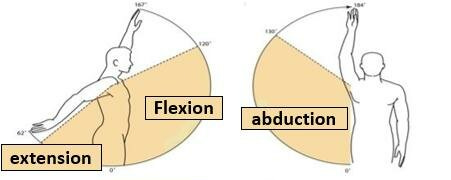
The brachialis
Contrary to popular belief, the brachialis is the strongest elbow flexor, NOT the biceps brachii. It is also much stronger than the coracobrachialis.
You can even isolate the brachialis during elbow flexion. If the forearm is pronated (opposite of supinated; palm facing the floor) during elbow flexion, the brachialis is utilised in favour of the biceps brachii.
The triceps brachii
As the major muscle of the posterior compartment, it would be logical to suggest that the triceps muscle is responsible for the opposite actions to the anterior compartment.
The long head
This is responsible for elbow extension; the reverse of the biceps brachii and brachialis.
However, as you’ll recall, the long head attaches to the scapula. It therefore also plays a role in shoulder stability, as well as humerus extension and addiction at the shoulder joint.
The lateral head and medial heads
The lateral head is the strongest of the three heads.
Both the lateral and medial heads are also responsible for elbow extension, regardless of whether the forearm is pronated or supinated.
Unique conditions
We shall only look at one unique condition today, outlined below. Please note: If you’re expecting tennis or golfer’s elbow below, these are technically injuries to the forearm, and will be covered in future weeks.
Brachial plexus injury
The brachial plexus is a collection of nerves in and around the shoulder. These nerves are responsible for the transmission of signals down the arm and toward the hands. In case of trauma to the brachial plexus, for instance, in contact sports, numbness, tingling, paresthesia and weakness can occur in the hands or arms. In the vast majority of cases, these injuries heal very well and without issue.
Strengthening the muscles in the brachium
Due to popular demand, I’ll try to insert more media, links, photos and GIFs of some exercises below. This may increase the size of the newsletter, and require the article to be opened in your browser. I hope it is worth it!
Again, let’s divide the brachium into anterior and posterior compartments.
Anterior compartment
Since we know that the biceps brachii, brachialis, and coracobrachialis are mostly responsible for elbow flexion, take a look at the following exercises. Note: It is very difficult to isolate the coracobrachialis.
Standard bicep curls for the elbow flexors.
Chin ups or pull-ups
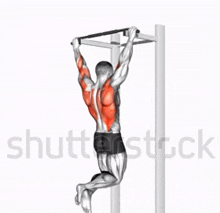
Zottman curls are particularly good due to the change in forearm orientation.

Posterior compartment
Any variant of tricep extension, such as the cable rope pulldown (below) or lying tricep extension.

Thanks again for reading. I’ll leave you with the sponsors and subscriber survey below. Please do complete it!




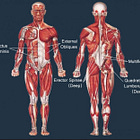

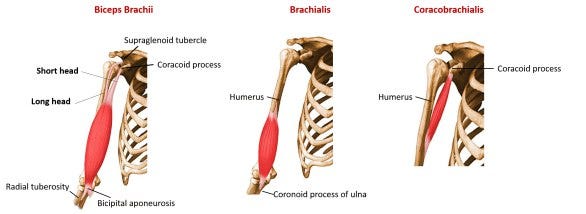
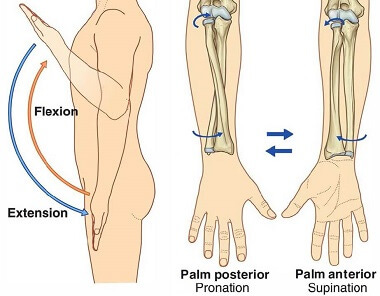
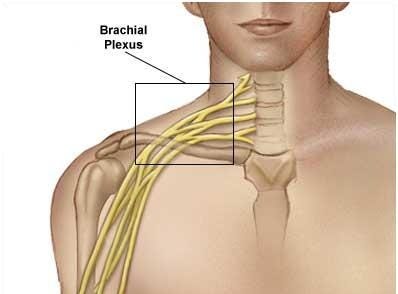
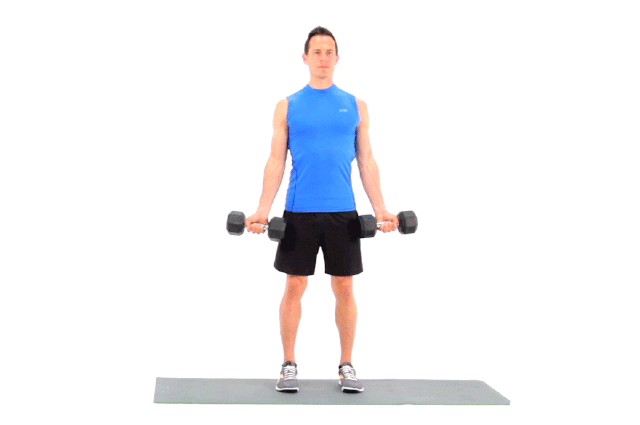

Wow! I’m a retired MRI technologist-have to know anatomy well to scan for abnormalities. This is comprehensive and nicely written!
Excellent post once again! The GIFs are really helpful - thanks!